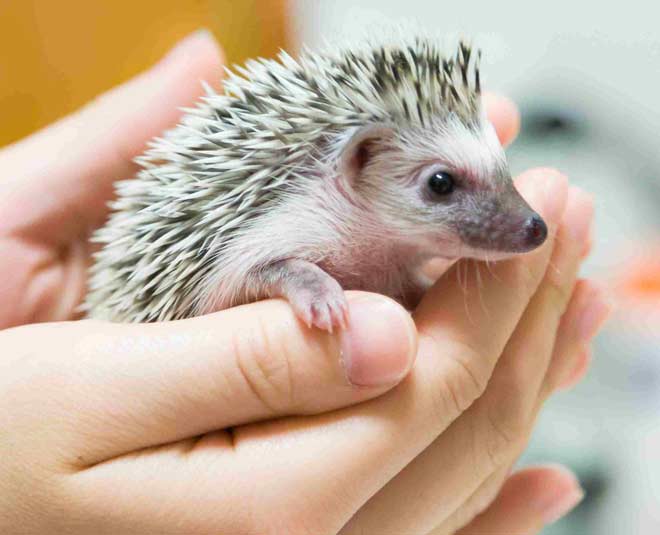Viva Resa: Your Gateway to Insightful Living
Discover news, trends, and tips for a vibrant lifestyle.
Whiskers and Wags: The Secret Lives of Our Furry Companions
Discover the hilarious secrets of our furry companions! Uncover the hidden lives of pets that will leave you laughing and amazed!
What Do Our Pets Do When We’re Not Home? Discovering Their Secret Adventures
When we leave our furry friends at home, one can't help but wonder: what do our pets do when we’re not home? Many pet owners have speculated about the secret lives of their pets, often envisioning them throwing wild parties or embarking on grand adventures. In reality, their activities can be surprisingly mundane yet equally entertaining. Dogs might spend their time lounging on the couch, keeping a watchful eye out for the slightest sound, while cats could be indulging in a thrilling game of chase with imaginary prey. The typical day may also include a hearty meal, a cozy nap, or a careful investigation of their owner's belongings.
However, it’s not just about napping and eating. Some pets, especially dogs, demonstrate impressive problem-solving skills when left alone. They might figure out how to open a door, access treats, or even find ways to entertain themselves using their toys. Discovering their secret adventures can be both fascinating and amusing. From knocking over houseplants to creating a cozy nest in the laundry, every pet has its quirks that highlight their unique personalities. Understanding what our pets do when we’re not home can help strengthen the bond we share with them, reminding us that even when we're apart, their lives are full of delightful surprises.

Top 10 Surprising Behaviors of Cats and Dogs Explained
When it comes to our beloved pets, cats and dogs often display unexpected behaviors that leave their owners both amused and puzzled. For instance, one might assume that dogs are solely motivated by their desire to please their humans, yet many dog owners report a peculiar tendency for their pets to herd their family members. This instinctual behavior is a throwback to their ancestry as pack animals, where keeping the group together was crucial for survival. Similarly, cats exhibit surprising habits such as kneading. This behavior, often referred to as 'making biscuits', is a remnant from kittenhood when they kneaded their mother's belly to stimulate milk flow.
Another surprising behavior is the way cats and dogs communicate with their human companions. While dogs bark and wag their tails to express emotions, studies reveal that many dogs also tilt their heads when listening to their owners. This endearing behavior showcases their eagerness to understand human speech. On the other hand, cats have a rather unique method of asserting their presence; they may bring you their catch, whether it's a toy or, for the fortunate ones, a mouse. This act is not merely a gift but a form of communication and bonding, showcasing their affection. These unexpected quirks not only strengthen the bond we share with our pets but also highlight the surprising behaviors that define our furry friends.
How to Understand Your Pet's Body Language: Signs of Happiness and Stress
Understanding your pet's body language is essential for fostering a strong bond and ensuring their well-being. Pets, much like humans, communicate their feelings through a variety of signals. Signs of happiness can include behaviors such as wagging tails in dogs, relaxed ears, and a playful demeanor. For cats, a gentle purring, slow-blinking, or an upright tail signal comfort and contentment. Recognizing these positive signals can help you create a more fulfilling environment for your furry companions.
Conversely, it's equally important to recognize signs of stress in your pets. Behaviors such as excessive barking, hiding, or a tucked tail in dogs can indicate anxiety or discomfort. For cats, dilated pupils, aggressive tail flicking, or hissing can signify fear or distress. By paying close attention to your pet's body language, you can identify these stress signals and take appropriate action to mitigate their anxiety, ensuring a happy and harmonious relationship.